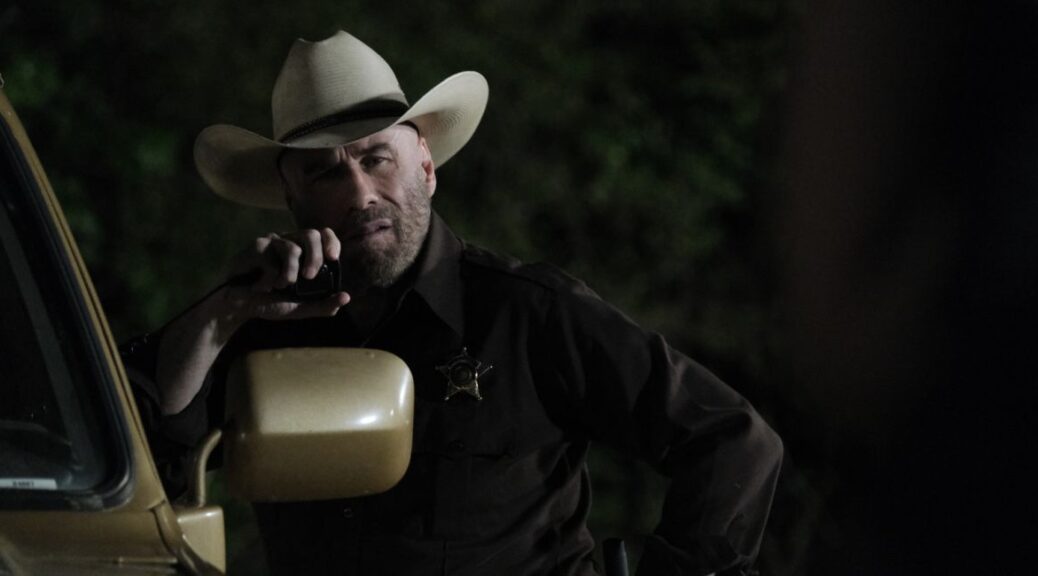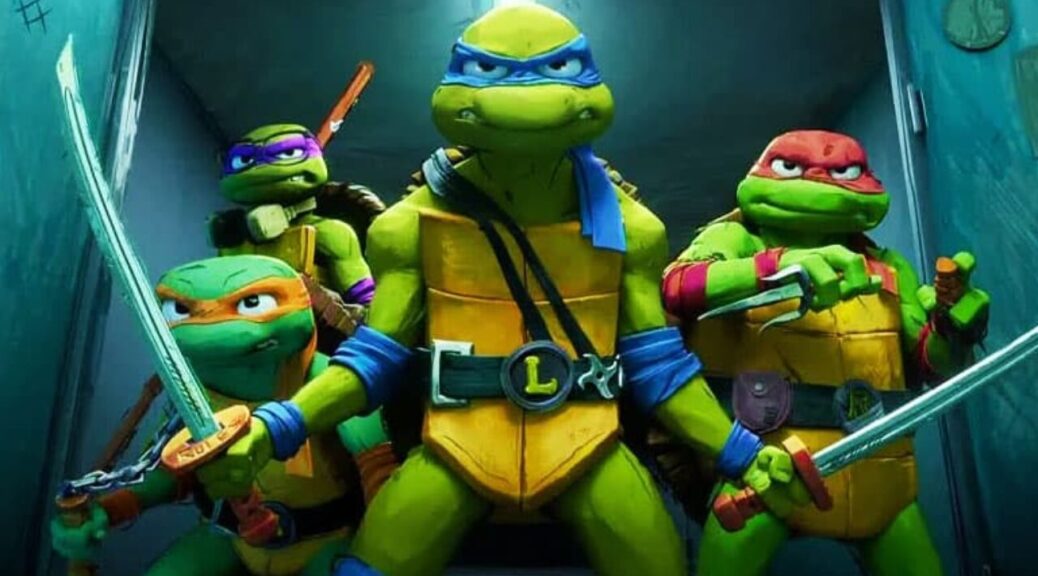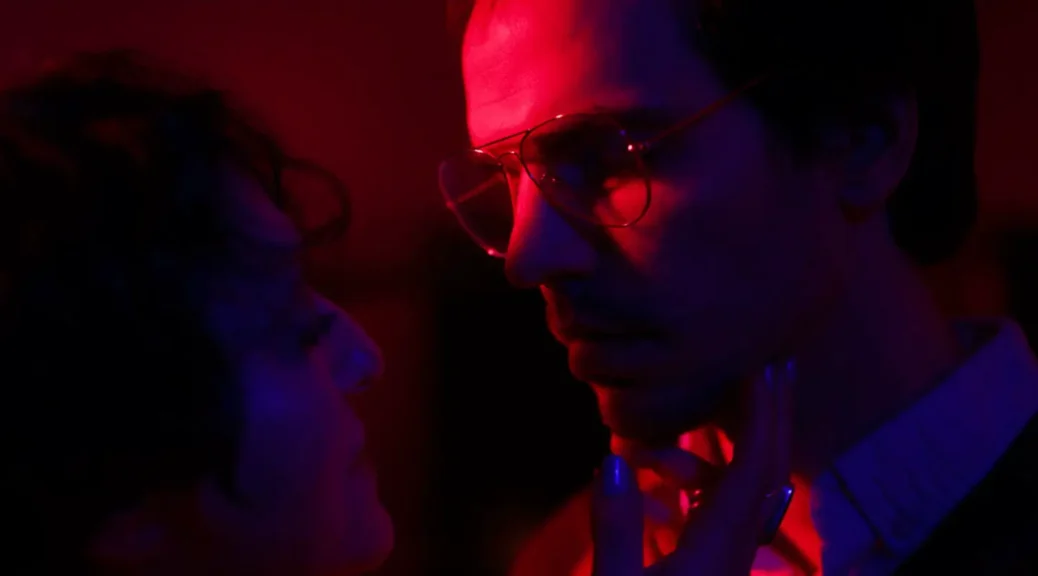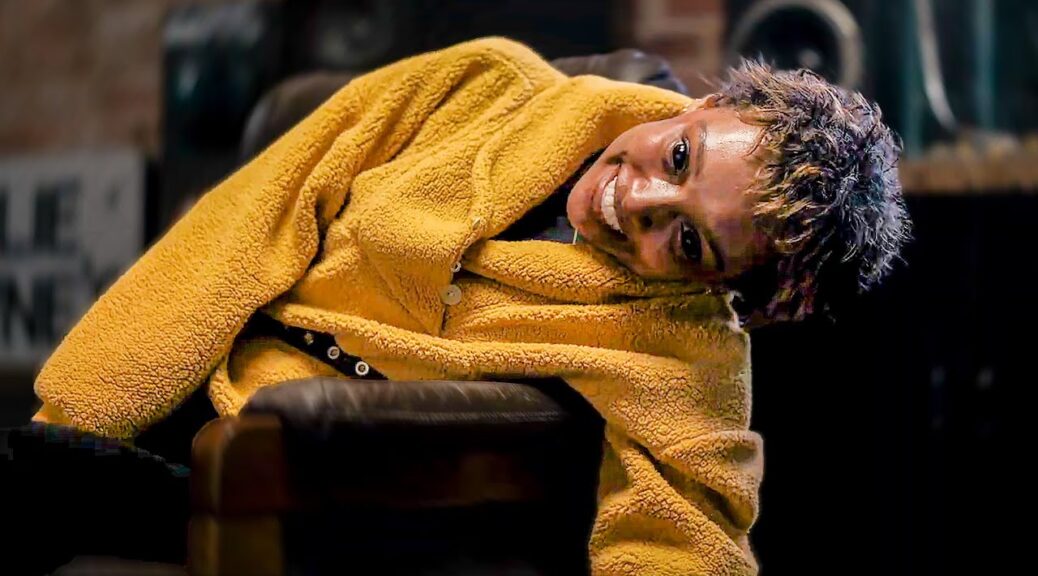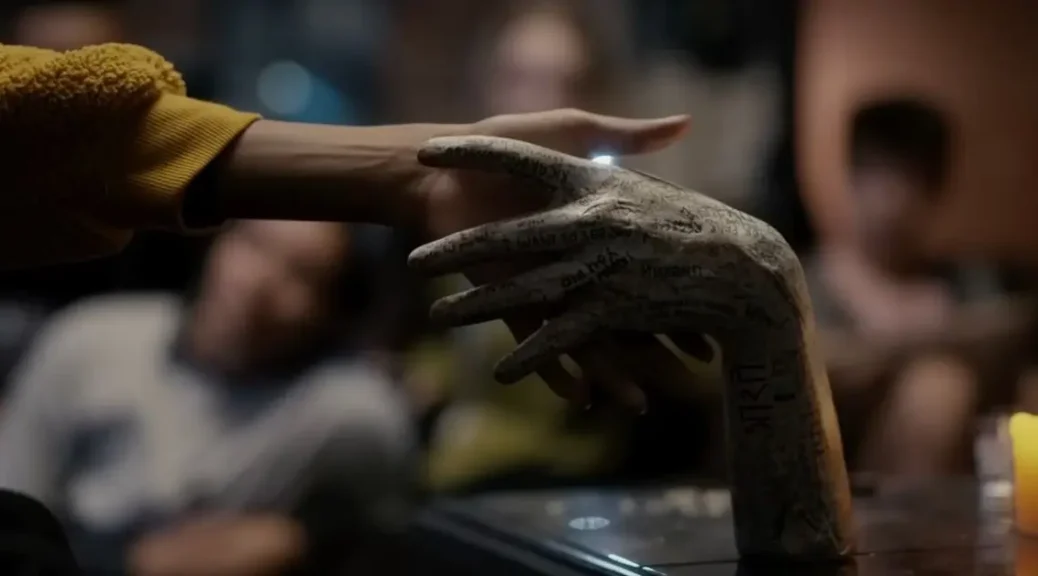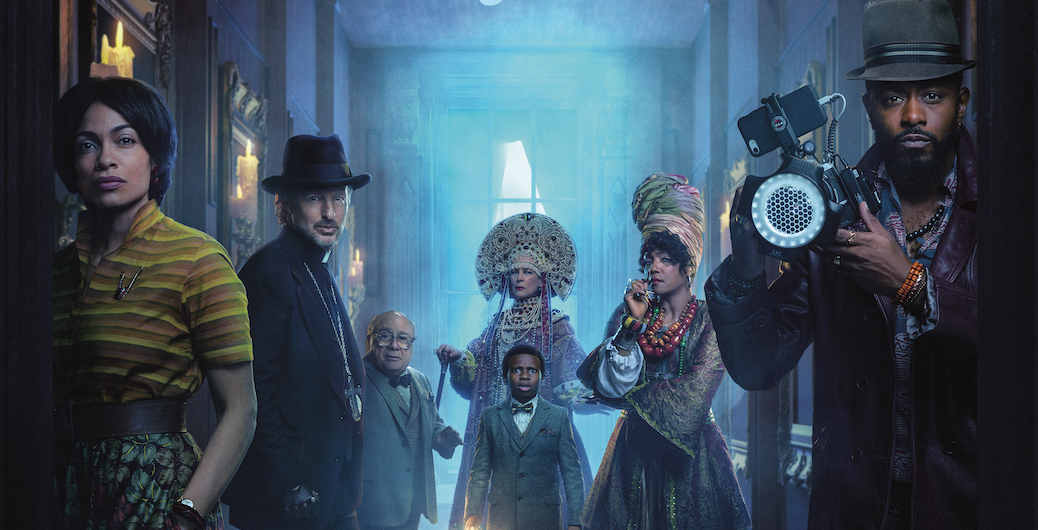Mob Land
by Matt Weiner
Stop if you’ve heard this one before… good-hearted, small-time criminals get caught up in a web of violence and forces far beyond their control, with a dash of social commentary and vague nods toward the senselessness of the universe and fate.
Mob Land, the feature film debut from Nicholas Maggio, could at a distance be mistaken for any number of neo-noirs it borrows heavily from. Strong, silent Shelby Conners (Shiloh Fernandez) relies on what work he can get—legal and otherwise—to support his family in rural Alabama. When his brother-in-law Trey (Kevin Dillon) comes up with a plan to rob a local pill mill, Shelby tags along as wheelman.
Both men of course end up over their heads and soon have to tangle with the ruthless New Orleans mob outfit that runs the clinic, as well as local law enforcement, headed up by a sheriff who exudes “too old for this” with each gruff word.
When it comes to showing its influences on screen, Mob Land is as unlucky as Shelby and Trey. The movie has the guts to take from more incisive forebears, and it’s hard not to make running comparisons. It’s also hampered by a script from Maggio that always feels right on the cusp of making a point about its characters and the hands they are dealt. But here again, it lacks the follow-through to turn its stars into more than the slightly off-discount versions of the brand name version.
The dialogue and character choices are likely too great for any ensemble to overcome, but Mob Land has brief flashes of a world where a less restrained pastiche might have worked. John Travolta’s performance as the tired sheriff is reserved to the point of redundancy. It serves mainly as a reminder that he deserves to find the right vehicle for this stage of his career.
But it falls to Stephen Dorff’s mob hitman Clayton as the prime example of how Mob Land stretches out the seams of the influences it wants to inhabit. Clayton is the AI output of an Anton Chigurh text generator. An unstoppable force with questionable morals who speaks almost entirely in empty aphorisms for the whole movie, Dorff tries valiantly to add dimensionality to the part. That it almost works is a testament to the actor, whose eclectic filmography belies how good he is in the right part.
Story aside, credit to Maggio as a director. Along with cinematographer Nick Matthews, Maggio elevates the film’s limited settings to deliver a believably lived-in southern noir. As by-the-numbers as much else seems, Mob Land takes an effective approach to the creeping dread and violence that tear apart Shelby’s world.
These touches aren’t enough to salvage the film, but they do keep it from being outright bad. Worse, Mob Land is mostly forgettable, perhaps the greater sin for a noir. There are echoes of the poverty porn of Hell or High Water, and more than a few heaping doses of the Coen brothers.
It’s all thrown together too haphazardly, and with little room left for Mob Land to have something to say of its own that we haven’t already heard before.
